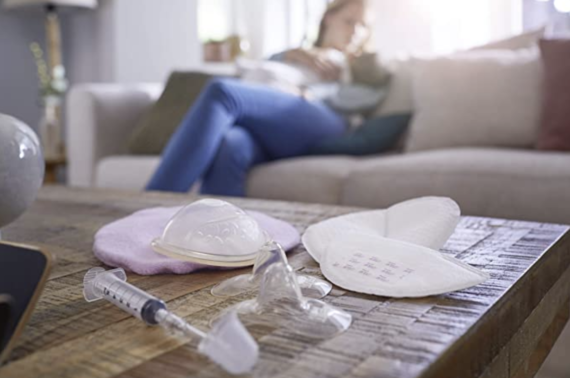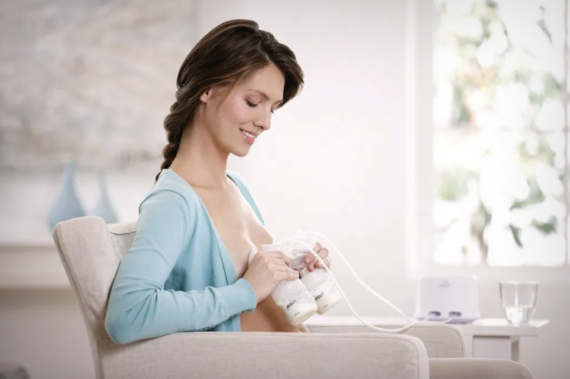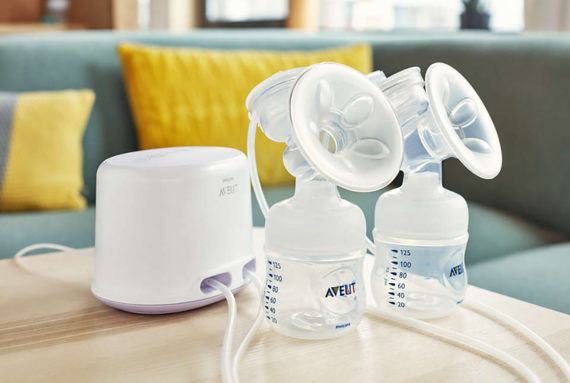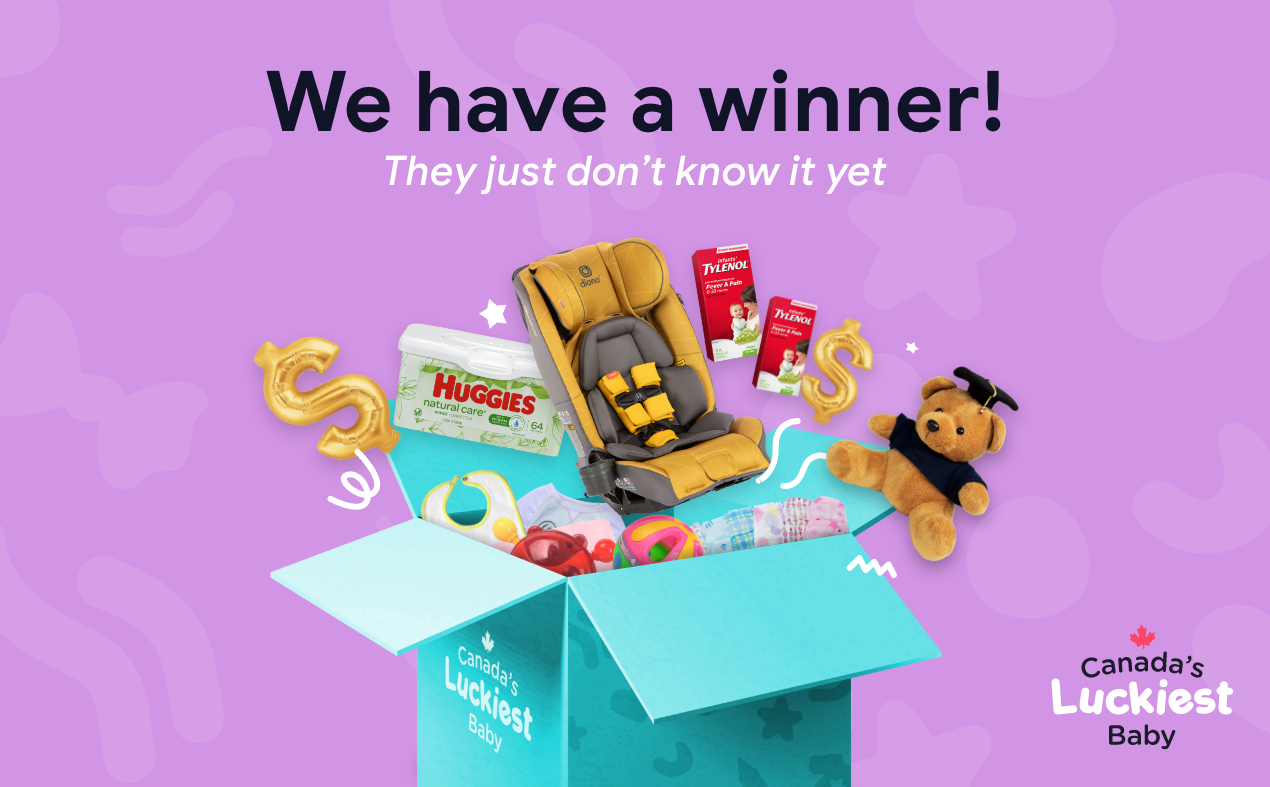It was the breast of times, it was the worst of times. Feeding your new baby can be a physical and emotional rollercoaster. Our knowledgeable friends at Philips Avent have answered some common questions to help you stay abreast on breastfeeding.
When do I feed my tiny human?
It’s best to feed your baby when they show signs of hunger like rooting, sucking their firsts, moving their head from side to side and sticking out their tongue. On-demand feeding helps you stay attuned to your baby’s needs, gives them comfort and allows for better weight gain.
Newborns need to nurse at least 8-12 times a day (roughly one feed every three hours). If you do the math, a year of breastfeeding is equal to about 1,800 hours. Basically, a full-time job you get paid for in snuggles and dirty diapers.
How long are we talking here?
Generally, breastfeeding sessions can take anywhere from ten minutes to an hour. Depends on if your little one is more of a turtle or a hare. Newborns are often sleepy, so sometimes a lot of patience and persistence is involved. Times will change and evolve as your baby does.
You also may experience some leakage between feedings, so it’s always a good idea to have some breast pads on hand.
How long should I spend on each side?
The amount of time you spend on each side depends on how much milk you store in your breasts. Many women have one “slacker boob,” that doesn’t produce as much as the other. It’s best to empty one breast before offering the next. If you only offer one breast, remember to offer the other breast next time around.
Pro tip: put a hair band on the relevant side wrist to remember which side you left off on.

Umm, ow! What should I do about this pain?
A little pain and tenderness when you begin to breastfeed is normal, however, any ongoing pain should be addressed with your healthcare provider. Some breastfeeding pain can be resolved with guidance on latching techniques from lactation and healthcare professionals. You can also try using a Philips Avent nipple protector if you’re experiencing soreness or cracked skin.
Is my baby getting enough milk?
Asked every mom, ever. There’s really no way to measure how much your baby is drinking, but there are some milestones you can use to check if they’re getting enough.
- Your baby beings gaining weight once your milk comes in
- By around day 10-14, your baby has regained their birth weight
- Your baby continues to steadily gain weight as expected
A chubby-cheeked, happy, alert and growing baby is the best sign to answer this elusive milk amount question.
Can I take medications while breastfeeding?
Many medications can be taken safely while breastfeeding, but always consult with your doctor or pharmacist first.
It’s best not to drink alcohol while breastfeeding. Your healthcare professional can give you more specific guidance.
One or two caffeinated beverages like coffee or tea usually won’t bother your baby. Too much caffeine could make your baby a little wired, irritable, or keep them awake though. And mamas everywhere, rejoice! Chocolate in moderation is generally okay.
Does my baby need other drinks?
Nope. Breast milk is all your baby needs for the first six months or so. Thanks, Mother Nature!
Can I combine breastfeeding with other forms of feeding?
It usually takes at least three to six weeks of exclusive breastfeeding to establish a solid milk supply and for your baby to get the hang of the whole feeding thing. Introducing a bottle in those early weeks could bring breastfeeding to an early end. It’s a supply and demand thing, so if you lessen the demand, the supply will go down.
Once you’ve established breastfeeding, most babies can alternate between breast and bottle. It’s best to use bottles specifically designed for combination feeding like the natural bottle line designed by experts at Philips Avent. Hey dad, you’re up next feeding!

I’m heading back to work. Can I keep breastfeeding?
For sure! You’ll just have to express your breastmilk beforehand. You’ll need to pump at least as many times as you normally feed your baby to maintain your supply. It’s best to start pumping a few weeks before you head back to work. That way, you’ll already have a solid supply of expressed milk built up.
When it comes to choosing a pump, a double electric pump will be most efficient. A manual pump is the most portable. No matter what you use, be sure to refrigerate or freeze your milk right away in proper storage containers.

When can I start giving my baby solid foods?
It’s best to wait until your baby is about 6 months old. This doesn’t mean you have to stop breastfeeding. You can keep that ball rolling as long as it’s comfortable for you and your baby.
When to reach out for help
It seriously does take a village to raise a baby, so reach out to your healthcare provider or lactation consultant if you have concerns. Some signs that your baby may need some help:
- Your baby isn’t asking to be fed regularly – at least 8-10 times in 24 hours
- Your baby doesn’t have the expected number of wet and soiled diapers
- Latch on is painful or you have sore nipples
- Your breasts don’t feel full with milk by the third or fourth day of delivery
- Your baby is unsettled and seems unsatisfied after most feeds
- Your baby isn’t gaining weight or is losing weight
*Opinions expressed are those of the author, and not necessarily those of Parent Life Network or their partners.

 Partner Post
Partner Post





